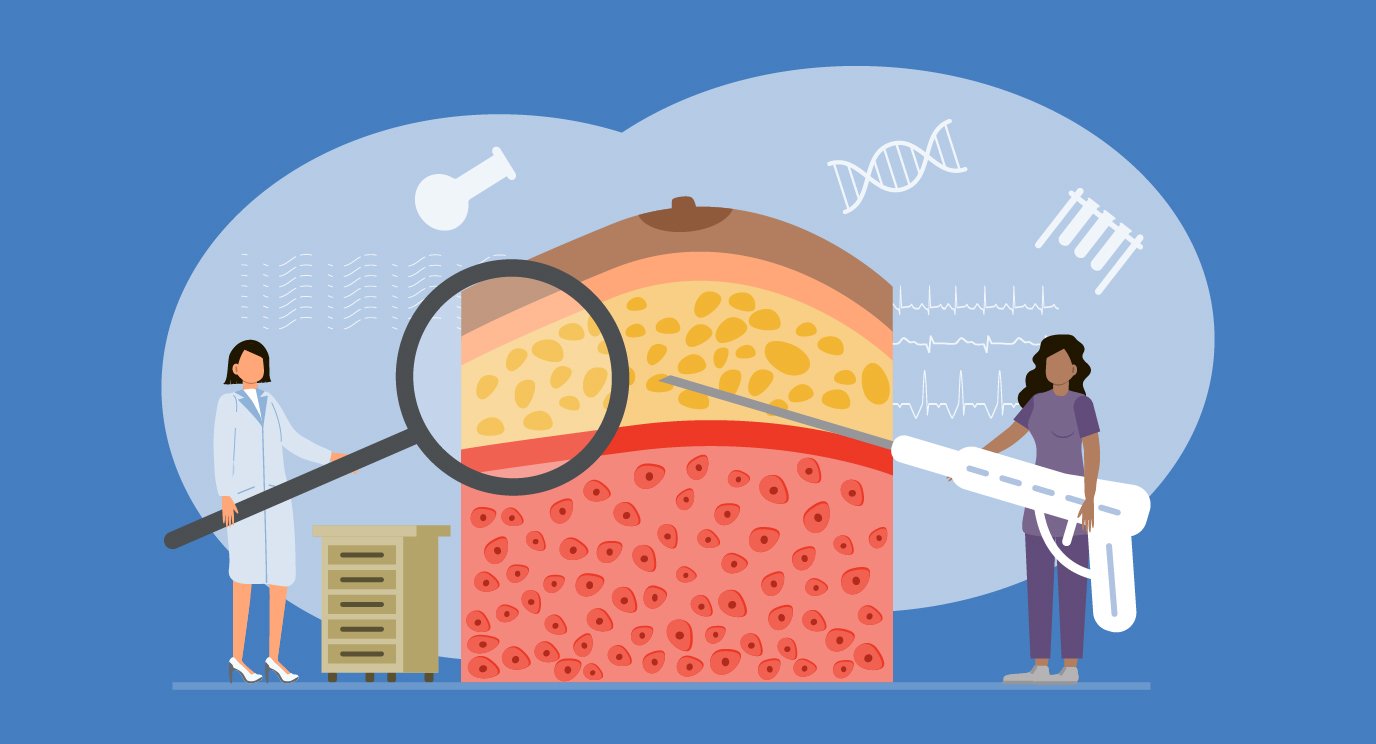- Diseases
- Acoustic Neuroma (14)
- Adrenal Gland Tumor (24)
- Anal Cancer (68)
- Anemia (2)
- Appendix Cancer (16)
- Bile Duct Cancer (26)
- Bladder Cancer (72)
- Brain Metastases (28)
- Brain Tumor (232)
- Breast Cancer (714)
- Breast Implant-Associated Anaplastic Large Cell Lymphoma (2)
- Cancer of Unknown Primary (4)
- Carcinoid Tumor (8)
- Cervical Cancer (158)
- Colon Cancer (166)
- Colorectal Cancer (116)
- Endocrine Tumor (4)
- Esophageal Cancer (44)
- Eye Cancer (36)
- Fallopian Tube Cancer (8)
- Germ Cell Tumor (4)
- Gestational Trophoblastic Disease (2)
- Head and Neck Cancer (12)
- Kidney Cancer (128)
- Leukemia (340)
- Liver Cancer (50)
- Lung Cancer (286)
- Lymphoma (278)
- Mesothelioma (14)
- Metastasis (30)
- Multiple Myeloma (100)
- Myelodysplastic Syndrome (60)
- Myeloproliferative Neoplasm (4)
- Neuroendocrine Tumors (16)
- Oral Cancer (100)
- Ovarian Cancer (172)
- Pancreatic Cancer (160)
- Parathyroid Disease (2)
- Penile Cancer (14)
- Pituitary Tumor (6)
- Prostate Cancer (146)
- Rectal Cancer (58)
- Renal Medullary Carcinoma (6)
- Salivary Gland Cancer (14)
- Sarcoma (238)
- Skin Cancer (294)
- Skull Base Tumors (56)
- Spinal Tumor (12)
- Stomach Cancer (64)
- Testicular Cancer (28)
- Throat Cancer (92)
- Thymoma (6)
- Thyroid Cancer (96)
- Tonsil Cancer (30)
- Uterine Cancer (80)
- Vaginal Cancer (16)
- Vulvar Cancer (20)
- Cancer Topic
- Adolescent and Young Adult Cancer Issues (20)
- Advance Care Planning (10)
- Biostatistics (2)
- Blood Donation (18)
- Bone Health (8)
- COVID-19 (362)
- Cancer Recurrence (120)
- Childhood Cancer Issues (120)
- Clinical Trials (630)
- Complementary Integrative Medicine (22)
- Cytogenetics (2)
- DNA Methylation (4)
- Diagnosis (232)
- Epigenetics (6)
- Fertility (62)
- Follow-up Guidelines (2)
- Health Disparities (14)
- Hereditary Cancer Syndromes (126)
- Immunology (18)
- Li-Fraumeni Syndrome (8)
- Mental Health (116)
- Molecular Diagnostics (8)
- Pain Management (62)
- Palliative Care (8)
- Pathology (10)
- Physical Therapy (18)
- Pregnancy (18)
- Prevention (912)
- Research (392)
- Second Opinion (74)
- Sexuality (16)
- Side Effects (604)
- Sleep Disorders (10)
- Stem Cell Transplantation Cellular Therapy (216)
- Support (402)
- Survivorship (320)
- Symptoms (182)
- Treatment (1786)
Salivary gland cancer: 9 things to know
6 minute read | Published May 04, 2023
Medically Reviewed | Last reviewed by an MD Anderson Cancer Center medical professional on May 04, 2023
Cancer of the salivary gland is not very common. Only about 2,500 cases are diagnosed in the United States each year.
So, how do you know if you have salivary gland cancer? Will you suddenly start drooling or have a really dry mouth? How is salivary gland cancer usually diagnosed?
We went to head and neck surgeon Amy Hessel, M.D., for answers.
What are the symptoms of salivary gland cancer?
Out in the wider world, patients usually go to their doctors because they have a lump that they can see or feel. It might be under their jaw, on their cheek or behind their ear.
But here at MD Anderson, most cases of salivary gland cancer are found incidentally, because our patients are getting CT scans for some other reason.
Salivary gland cancer almost never has symptoms, but the high-grade aggressive types can get big fast. Since they’re occurring in a confined space, there may be some discomfort associated with the growing mass. Someone’s ear might feel full, for example, or their jaw might feel tight. But the mass itself is not usually painful.
How is salivary gland cancer diagnosed?
Imaging tests like CT scans, MRIs or X-rays can indicate if something is “likely cancer” versus “not cancer.” But most salivary gland cancers will require a biopsy — the removal and examination of a tumor’s cells under a microscope — to make an exact diagnosis.
Here at MD Anderson, we almost always do an ultrasound-guided fine needle biopsy to make sure we’re getting a sample from the most at-risk site. This type of biopsy is not as accurate as it is with other types of cancer. So, it’s really important to go to a place with experienced technicians, like we have here at MD Anderson. Nationwide, the accuracy rate for this method of salivary gland cancer diagnosis is about 75%. Ours is much higher, because we have so much more experience in diagnosing this disease.
You’re also very rarely going to see a change in your salivary cancer diagnosis or get bumped up to a higher stage of disease if you come to MD Anderson first. Our pathologists see so much of it that they know exactly which features to look for in the cells on the slide to get an accurate diagnosis. When people come here with biopsies from other hospital systems, that’s not always the case.
Are there different types of salivary gland cancer?
Yes, but the frequency with which they occur depends largely on their location. Most salivary gland cancers occur in the parotid glands. Those account for about 80% of all salivary gland cancer diagnoses. The next most-frequent location is in the submandibular glands. The remainder usually occur in the minor salivary glands inside the mouth.
The most common type of parotid gland cancer is called mucoepidermoid, followed by adenoid cystic. Acinic cell carcinoma, meanwhile, is a distant third.
With submandibular glands, though, the order of the first two diseases is reversed, so adenoid cystic is the most common there, followed by mucoepidermoid.
There are other types of salivary gland cancer, but they’re all considered really rare.
How many salivary glands do people have?
Humans have three major and several minor salivary glands. The big three are:
- Parotid glands — Shaped kind of like giant apostrophes, these extend from just in front of our ears down to the base of our jawbones on either side of our heads.
- Submandibular glands — These are found just below the edges of our jaws near the neck.
- Sublingual glands — These are located underneath our tongues.
The remainder are all considered minor salivary glands. They’re much smaller than the others and are scattered around the inside of the mouth.
Are there any red-flag symptoms of salivary gland cancer that should prompt an immediate doctor visit?
Yes. Adenoid cystic carcinoma has a tendency to invade the nervous system. This can lead to facial pain or paralysis. Both are pretty ominous signs, so if you ever experience unexplained facial paralysis or nerve pain, you should definitely be examined by a doctor quickly — preferably an ear, nose and throat specialist, or ENT.
Are there any other conditions that can mimic salivary gland cancer?
Yes. Bell’s palsy (a sudden drooping of one side of the face) and trigeminal neuralgia (sudden facial pain) can both be confused for salivary gland cancer. But both of these are considered “diseases of exclusion.” That means they’re often diagnosed only after all other likely possibilities have been ruled out. There’s no test or biopsy you can perform to definitively diagnose either of those conditions.
It’s also possible to have skin cancer that has metastasized to the parotid gland. When you find a cancerous lymph node that’s just embedded in a salivary gland, but the gland itself appears unaffected, it almost always comes from a skin cancer that originated somewhere on the head or neck.
How is salivary gland cancer usually treated?
Unless a salivary gland cancer is widely metastatic, the majority of patients with high-grade (or more aggressive) tumors are treated with surgery and radiation therapy. Low-grade (or less aggressive) cancers usually only need surgery.
Chemotherapy has not traditionally worked well against salivary gland cancers. But some patients with very high-grade salivary gland cancers do better with chemo-radiation (chemotherapy and radiation therapy administered together) after surgery than they do with radiation alone.
All patients with salivary gland cancer should have a multidisciplinary workup before starting treatment. That means having scans taken of the neck and chest to determine if the cancer has already spread to other locations, and staging the cancer based on those findings.
It also means meeting with a radiation oncologist, a surgical oncologist and any other specialists needed to determine the best possible treatment plan.
And at MD Anderson, it means checking for certain genetic mutations that could make patients eligible for targeted therapy. Some really rare and aggressive, very high-grade ductal cancers can carry markers like those found in breast cancer. But that type of testing can only be performed right now on the tumor tissue itself, once it’s been removed, so everything starts with surgery.
Are there any clinical trials available for salivary gland cancer treatment?
Yes. As I mentioned, normally we have to wait until a salivary gland cancer is removed surgically in order to test it for genetic mutations. That’s because these glands can contain so many different cell types, including ductal, acinar and squamous.
Now, new clinical trials are being developed to improve outcomes in high-risk cancer patients. The goal is to see if we can get better results for these patients by administering targeted therapy before surgery rather than after.
What’s the most important thing people should know about salivary gland cancer?
Don’t panic if you find a lump in one of the areas I’ve mentioned. Roughly 80% of all salivary gland tumors are benign, meaning they are not cancerous.
But salivary gland cancers are not the same thing as swollen glands or infected lymph nodes. So, don’t just sit on this and wait months to be seen by a doctor if you find a lump. If it doesn’t go away within two to three weeks, get evaluated by an ENT.
Request an appointment at MD Anderson online or by calling 1-833-998-0699.

Salivary gland cancer almost never has symptoms, but the high-grade aggressive types can get big fast.
Amy Hessel, M.D.
Physician





